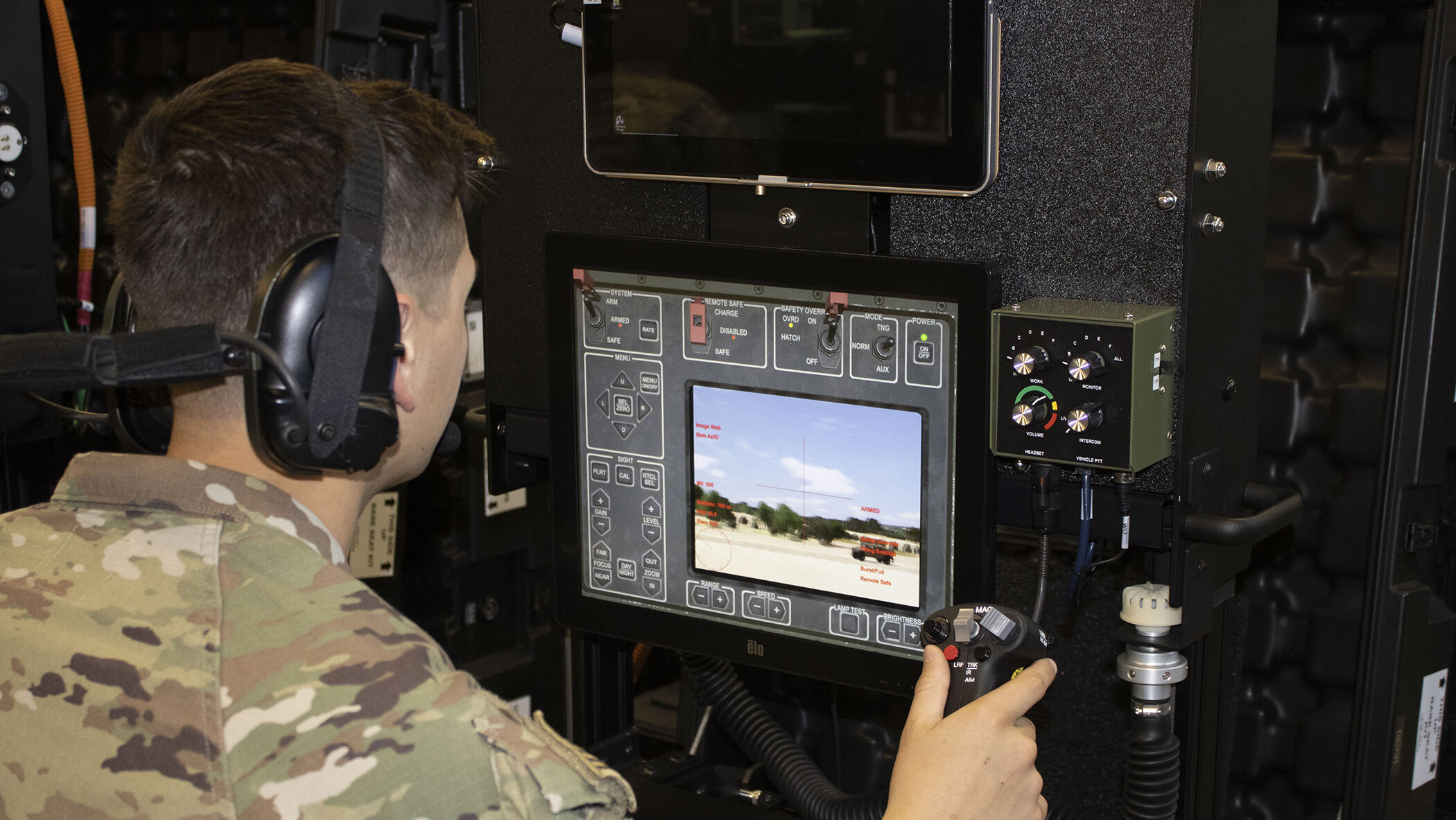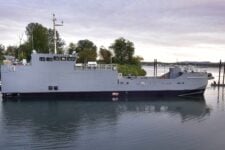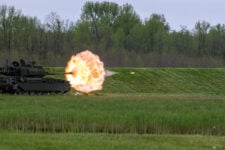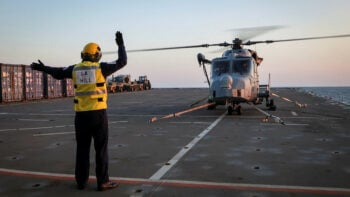
Soliders take part in the Synthetic Training Environment – Information System (STE-IS) Soldier Touch Point 2B in Orlando, Fla., march 29-31. (U.S. Army photo by Donnie W. Ryan)
I/ITSEC 2023 — Now that the Army has released its official multi-domain operations doctrine, the service is turning towards integrating the space and cyberspace domains, a “significant” challenge, an official said today.
“What we really need to do is kind of shift our focus with the publishing of [Field Manual] 3.0 to multi domain operations and adding in the cyber domain as well as the space domain and that’s one of the significant challenges that we have lying in the future,” Brig. Gen. William Glaser, director of the Army’s Synthetic Training Environment (STE) Cross Functional Team, said today at I/ITSEC 2023.
“It’s incredibly important that we have everybody working together,” he said, listing the end user, acquisition, testing, academic communities, along “with the industry partners out there that we depend on to provide us with some of these innovative solutions that we’re going to leverage to train our soldiers in the future,” he added.
The Army also needs to better “replicate a multi-domain environment in a simulation that we can get out quickly and run with low overhead to give units reps and sets…[in the] five domains…but [also] the three dimensions,” Col. Scott Woodward, commander of the Army’s Combined Arms Center-Training, added. He said out of the three dimensions — human, physical and information — the service has only hit the physical dimension in its constructive exercises.
Last October, the service formally issued a new edition of Field Manual 3-0, Operations, turning multi-domain operations from operational concept into real-world doctrine calling for connecting all five domains — land, sea, air, space and cyberspace — in order to outpace China and Russia. The doctrine states that the Army has employed space and cyberspace capabilities for more than two decades, “but never during conflict with opponents capable of effectively contesting the U.S. joint force in space or cyberspace.”
Glaser leads the development of the STE, which is meant to complement and augment live training. The STE CFT itself is responsible for several key programs aimed at helping the service change how it trains for the future. Today, Glaser said the “next increment” of the STE “is the live environment” and the service is gearing up for an operational demonstration next year.
“I always like to stress though [that] simulations are a great tool, but we will never compete with the live environment,” he said. “We simply complement the live environment because live environment reigns supreme.
“Now the last increment is something that we’re working through right now. We’re in the process of getting the final approval for the requirements of next generation constructive and it could be argued that next generation constructive might be our most important effort that we have because like I said, the live environment reigns supreme, but you can’t train a division, a corps, a theater-level army in the live environment.”






















